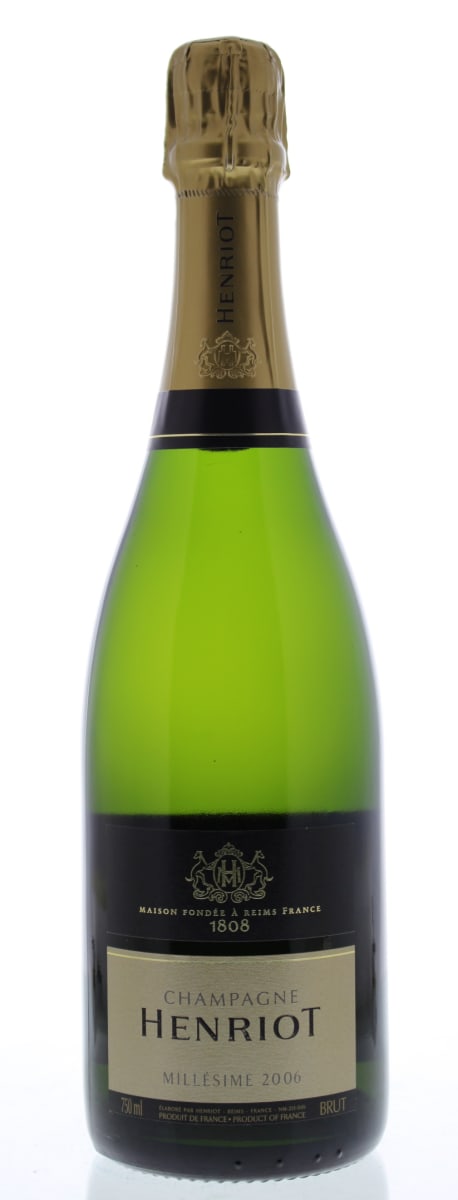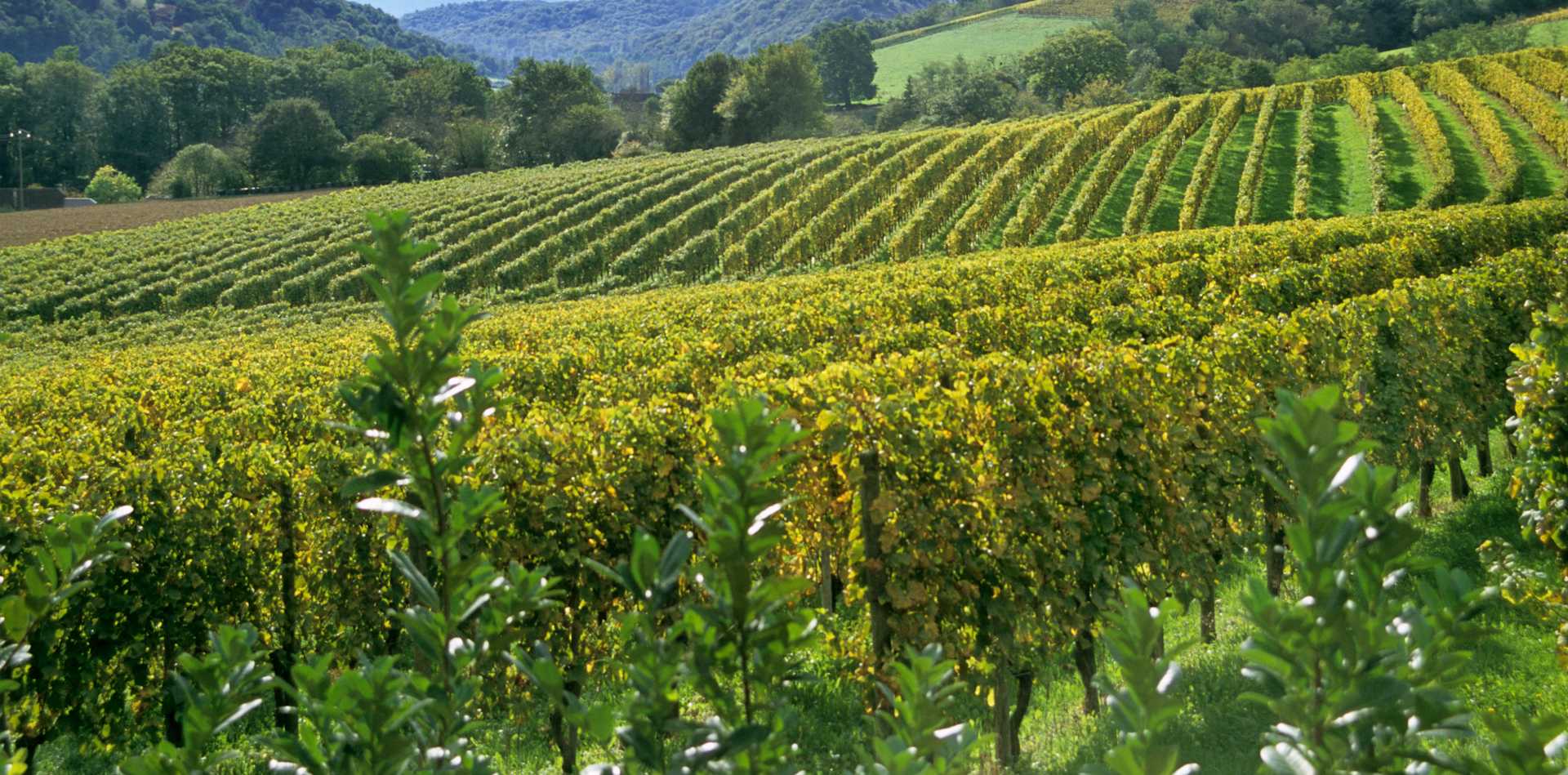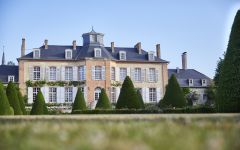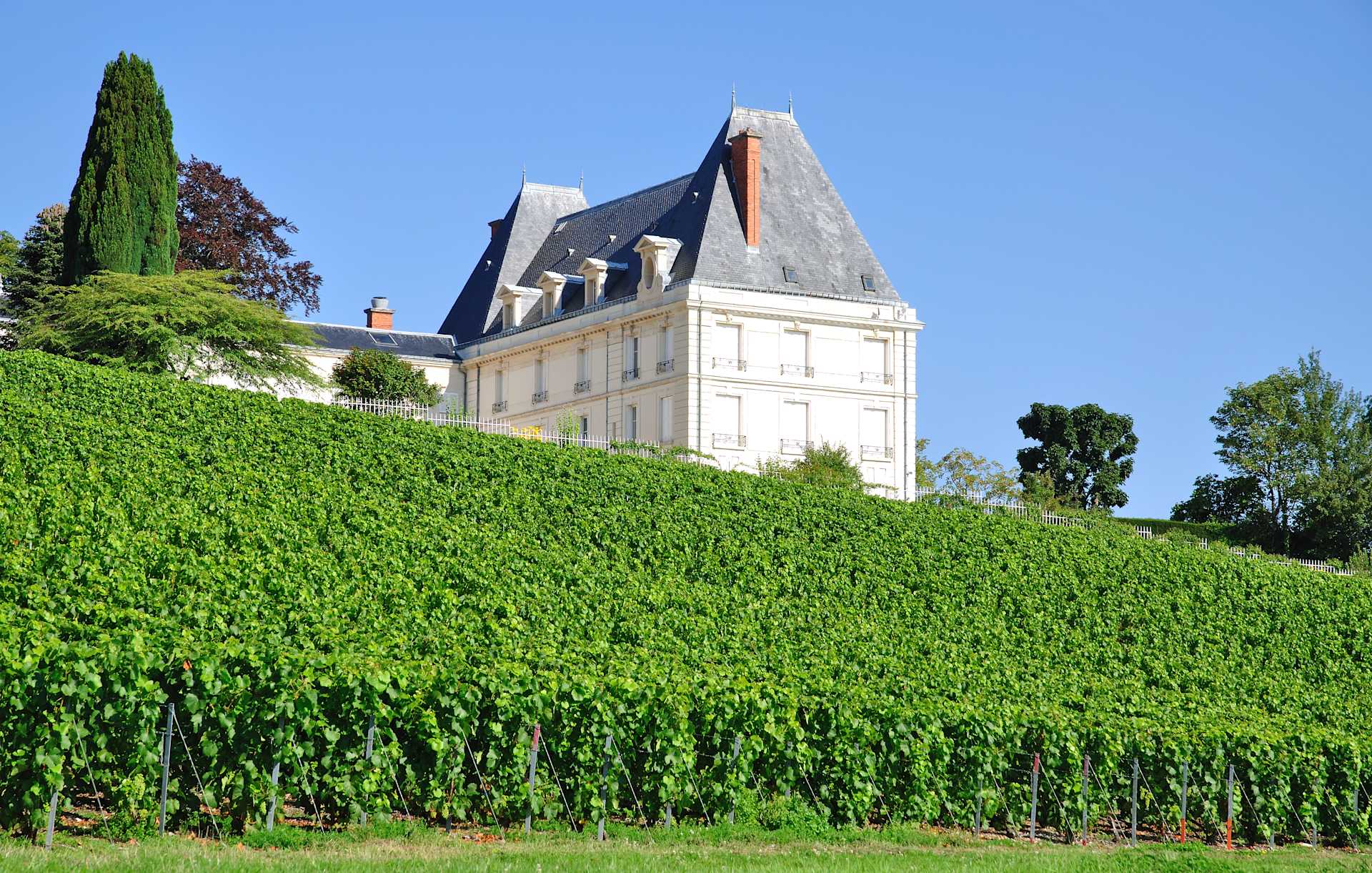Henriot Brut Millesime 2006
-
Wilfred
Wong -
James
Suckling -
Wine
Spectator




Product Details
Your Rating
Somm Note
Winemaker Notes
Professional Ratings
-
Wilfred Wong of Wine.com
The 2006 Henriot Brut Champagne shows an appealing mix of youth and age. The wine's aged notes of crème brûlée and green apples are enticing in the aromas and flavors. The long and flavorful finish suggests a pairing with an oven-baked game hen. Drinks superbly now. (Tasted: September 26, 2016, San Francisco, CA)
-
James Suckling
An intense champagne with sliced-apple and pear character on the nose and palate. Full-bodied with layered fruit and acidity. Tangy and refined. Very crisp, with white peach. Half chardonnay and half pinot noir. It was first released late 2013. A very vinous, delicious wine.
-
Wine Spectator
Seamlessly knit, with vibrant, citrusy acidity and a satiny, creamy mousse layered with poached peach, pastry cream, mineral and crushed hazelnut flavors that expand through the midpalate and the zesty, spiced finish. Drink now through 2030.
Other Vintages
2012-
Wine
Enthusiast -
James
Suckling -
Wine
Spectator -
Robert
Parker -
Wine &
Spirits
-
Wine
Enthusiast -
James
Suckling -
Wilfred
Wong - Decanter
-
Wine
Spectator
-
Robert
Parker -
Wine
Spectator
-
Wine
Enthusiast -
Wine &
Spirits
-
Wine
Spectator




Founded in 1808 by Apolline Henriot, Henriot is one of the most historic Champagne Houses with more than two hundred years of heritage and savoir-faire. When she founded the house, it was Apolline's desire to "shine a light on her lands through a Champagne." Guided by a manual about viticulture and winemaking in Champagne written by her great-uncle, she had a profound understanding of the vines and the environment in which they take root, (known today as terroir). Apolline believed that "wine is written in the vineyard," a founding principle that continues to guide the house through today's environmental challenges.
Since 2020, Henriot has focused on the preservation of the vineyards and the terroirs under the leadership of Cellar Master and Vines Director Alice Tétienne. Born and raised in Champagne, she is one of the youngest and the few females in Champagne to hold the position and has an impressive background in viticulture, oenology, and communication. Tétienne was awarded the “Best Winemaker of the Year” in 2020 by Trophées Champenois, named a “Top 100 Master Winemakers” by the Drinks Business in 2023 and shortlisted as "Sparkling Winemaker of the year 2023" by IWC.
She founded Alliance Terroir in 2020, a collective that works together in favor of the preservation of the terroirs in the context of global climate warming and the need to account for environmental and societal challenges. This includes training and support of grower partners through the HVE (“Haute Valeur Environementale”) and VDC ("Viticulture Durable en Champagne") certification processes, to conduct the vineyards in sustainable ways, and adapting to climate change. She has also demonstrated an actionable approach in sustainability through carbon reduction and recycling.

Representing the topmost expression of a Champagne house, a vintage Champagne is one made from the produce of a single, superior harvest year. Vintage Champagnes account for a mere 5% of total Champagne production and are produced about three times in a decade. Champagne is typically made as a blend of multiple years in order to preserve the house style; these will have non-vintage, or simply, NV on the label. The term, "vintage," as it applies to all wine, simply means a single harvest year.

Associated with luxury, celebration, and romance, the region, Champagne, is home to the world’s most prized sparkling wine. In order to bear the label, ‘Champagne’, a sparkling wine must originate from this northeastern region of France—called Champagne—and adhere to strict quality standards. Made up of the three towns Reims, Épernay, and Aÿ, it was here that the traditional method of sparkling wine production was both invented and perfected, birthing a winemaking technique as well as a flavor profile that is now emulated worldwide.
Well-drained, limestone and chalky soil defines much of the region, which lend a mineral component to its wines. Champagne’s cold, continental climate promotes ample acidity in its grapes but weather differences from year to year can create significant variation between vintages. While vintage Champagnes are produced in exceptional years, non-vintage cuvées are produced annually from a blend of several years in order to produce Champagnes that maintain a consistent house style.
With nearly negligible exceptions, . These can be blended together or bottled as individual varietal Champagnes, depending on the final style of wine desired. Chardonnay, the only white variety, contributes freshness, elegance, lively acidity and notes of citrus, orchard fruit and white flowers. Pinot Noir and its relative Pinot Meunier, provide the backbone to many blends, adding structure, body and supple red fruit flavors. Wines with a large proportion of Pinot Meunier will be ready to drink earlier, while Pinot Noir contributes to longevity. Whether it is white or rosé, most Champagne is made from a blend of red and white grapes—and uniquely, rosé is often produce by blending together red and white wine. A Champagne made exclusively from Chardonnay will be labeled as ‘blanc de blancs,’ while ones comprised of only red grapes are called ‘blanc de noirs.’
